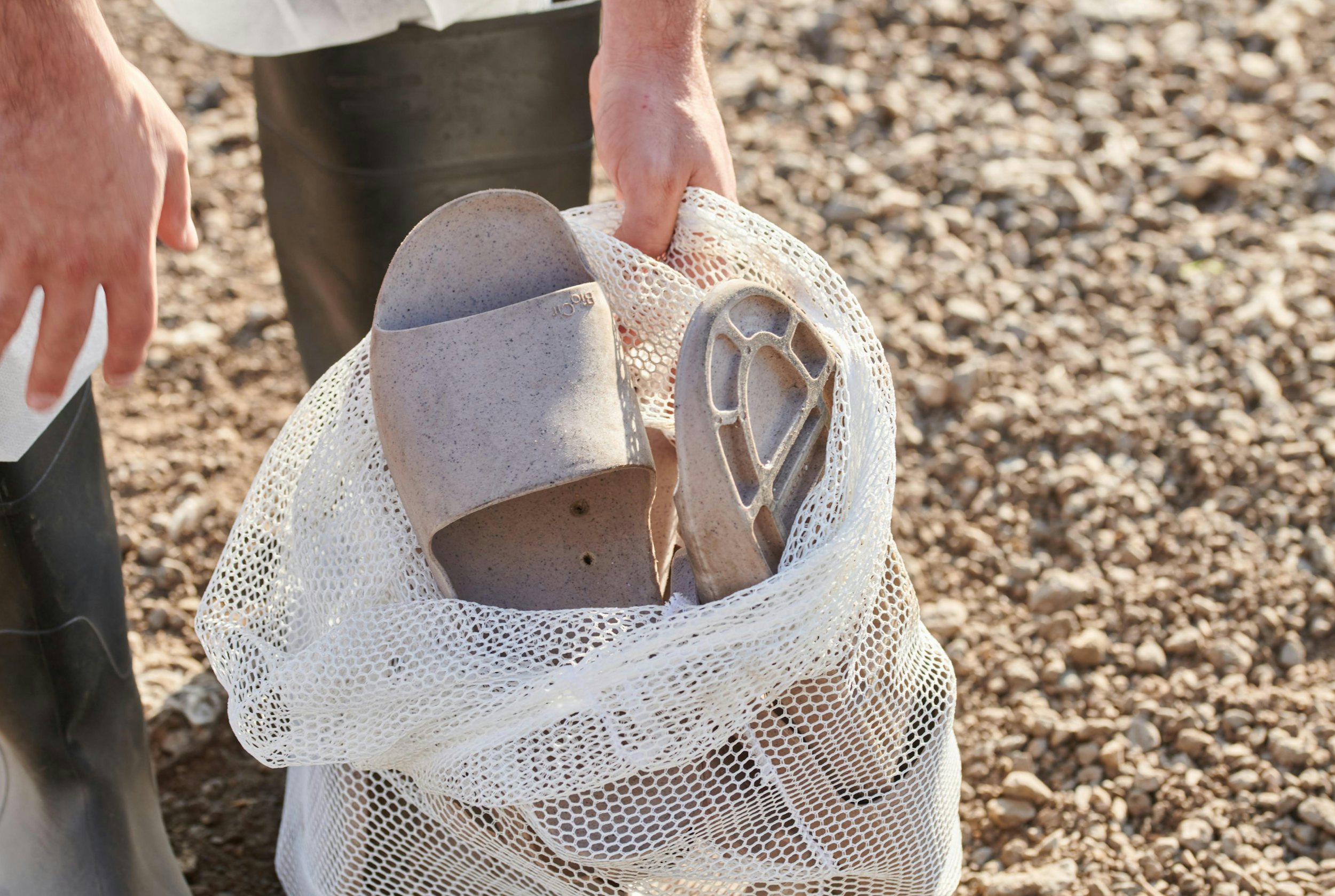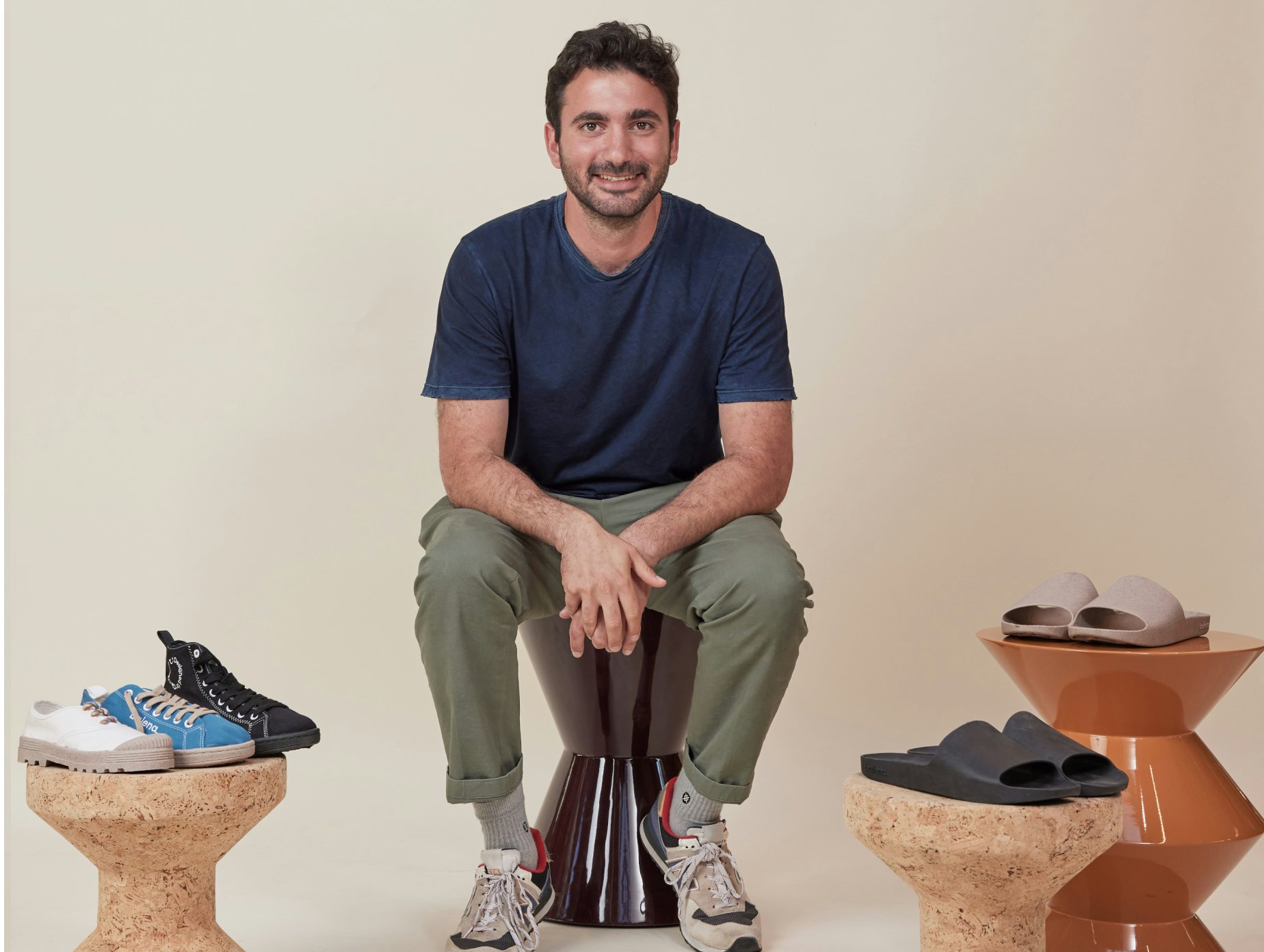
Balena
Balena’s Head of Operations, Tzachi Shem Tov
Balena is a material science company that is working to change the footwear industry. They have developed the first flexible bioplastic in the world that is 100% compostable while also being durable, injectable and flexible. That means that unlike most other bioplastics in the market, the material can be used to make complex goods like sneakers and bags, without compromising style, comfort or quality.
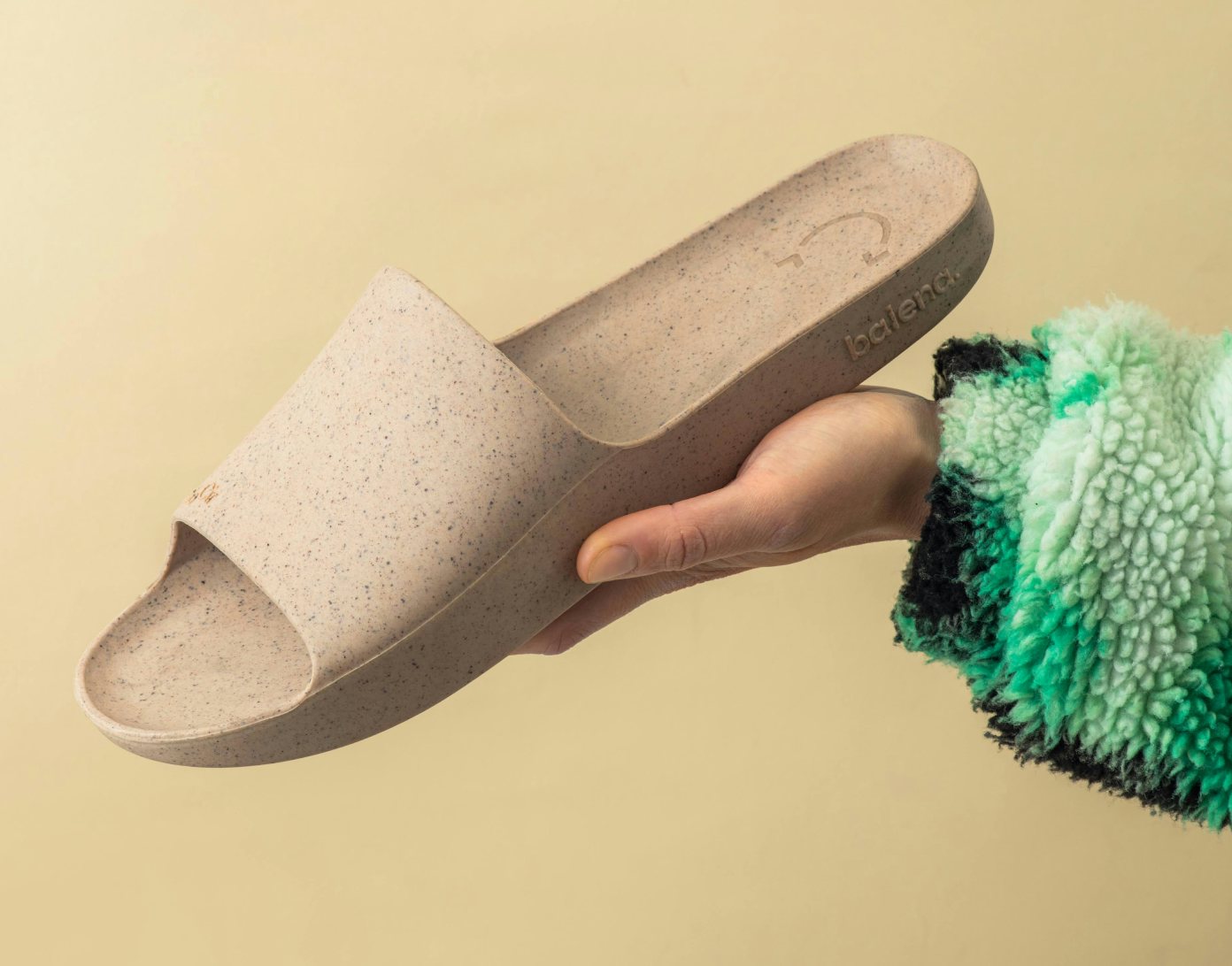
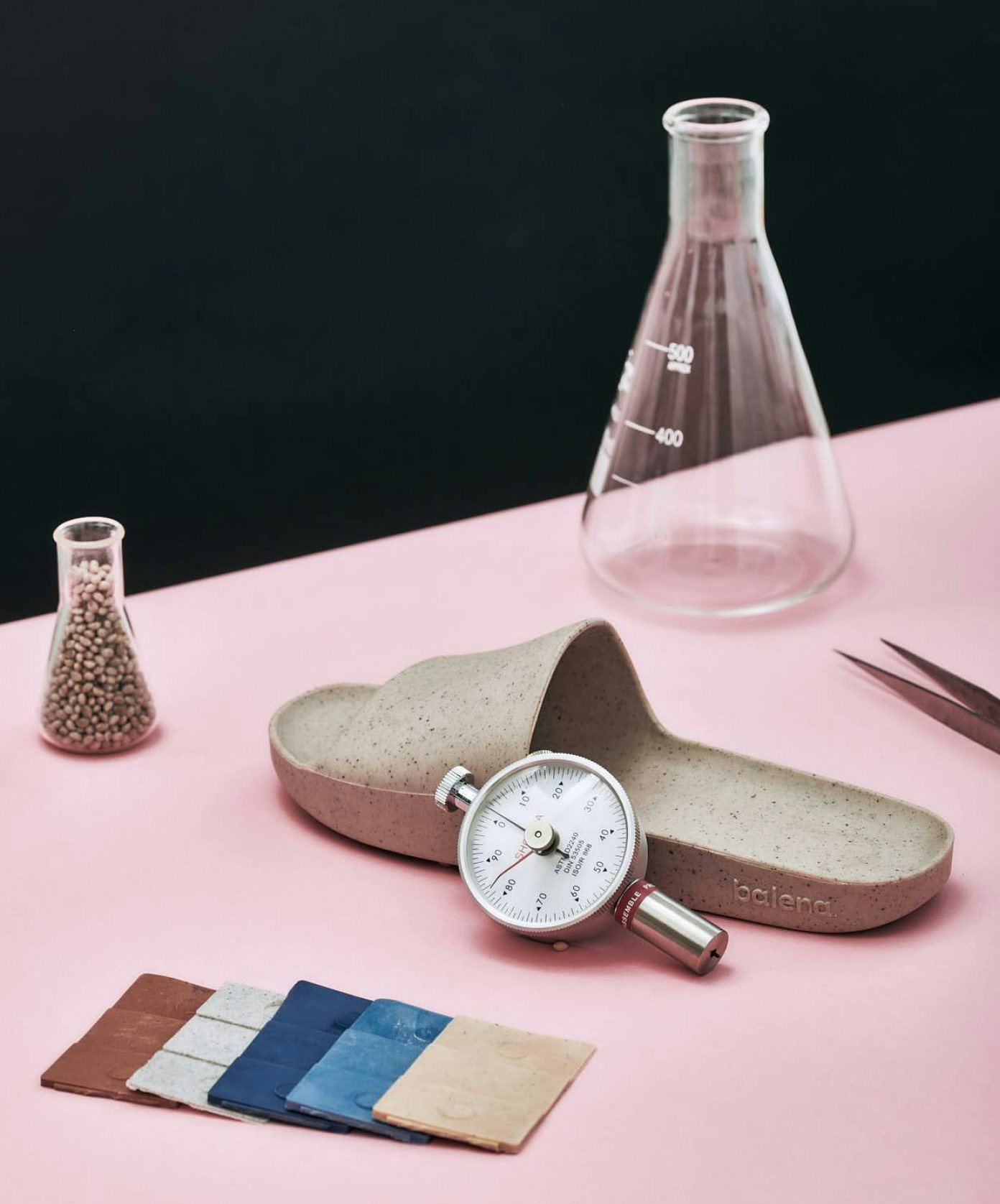
Photography: Anouk Moerman & Resortecs
When it comes to fashion, trends may come and go, but clothing waste can last a lifetime. This is especially true for shoes, which are usually made using a mix of synthetic materials that are difficult to process and recycle. Part of the problem lies in the use of petroleum-based plastics, which don’t biodegrade in nature. Combine this with increasing demand from consumers, and what you get is an industry which sends 22 billion pairs of shoes into the landfill every year, while producing huge amounts of CO₂ emissions.
With their flagship product BioCir™, Balena is creating a new standard for biodegradable plastics that can be used for fashion products. Once consumers are done with these products, they can be returned to Balena for processing in one of their industrial composting facilities.
To learn more about their story, we talked to Balena’s Head of Operations, Tzachi Shem Tov. Here, we ask him 7 questions about the industry they’re trying to change, their choices and dilemmas as creative entrepreneurs, and where they’re headed to next.
Tell us the story behind Balena! How did the idea first come about?
Balena started from the understanding that there is a problem in the fashion industry. When our founder David Roubach was studying fashion and business, he learned a lot about the potential of circular models. He saw the need for a truly sustainable model in which we can use renewable materials to produce really complex goods like sneakers or slides. He envisioned that later these materials could be processed and turned into compost that will nourish the ground and support the growth of crops, which can then be used as the building blocks for more bioplastic. So it’s a closed loop, and a simple model.
In this way, Balena creates compostable materials that are relevant for fashion products. Once consumers are done with them, these fashion products can be taken back by the companies that created them and brought to a composting facility nearby. This composting infrastructure is already out there—we just need to use it.
Can you tell us a little bit about the industry you’re trying to change?
When we looked at the fashion industry, we saw two big gaps in the market. The first gap was the circular gap: a lot of companies want to create more circular models for their materials, but eventually the only end-of-life solution that they offer is recycling. And recycling is good, but disassembly is extremely hard when your product is made from different materials. At the same time, when looking at other end-of-life solutions like biodegradability and compostability, you notice that a lot of the existing materials on the market are just not fit for fashion products because they are rigid and inflexible. Also, only a small percentage of compostable plastics are bio-based. This is the second gap we saw, and what led us to develop our material, BioCir™.
It took about two years of research and development to come up with a material that had the perfect synergy of both performance and biodegradability.
How is Balena doing things differently?
The footwear industry is massive, but most sneakers and slides are difficult to recycle because of the way they are produced. They often contain metal, plastic, fabric and different types of glues. This means that a large percentage of used shoes end up in landfill. At Balena, we knew we could avoid this by using a combination of very good renewable materials and sustainable design.
To do this, our founder David decided to partner with one of the brightest minds in the biopolymer industry. He presented a slide with his vision, and he told him: ‘I want to create this product that feels like plastic, but I want it to be biodegradable and compostable.’ And the expert told him: ‘Listen, I know the industry, and all the biopolymers that are existing today are rigid. We cannot do it.’ So David thought: then let’s create a new material. It took about two years of research and development to come up with a material that had the perfect synergy of both performance and biodegradability.
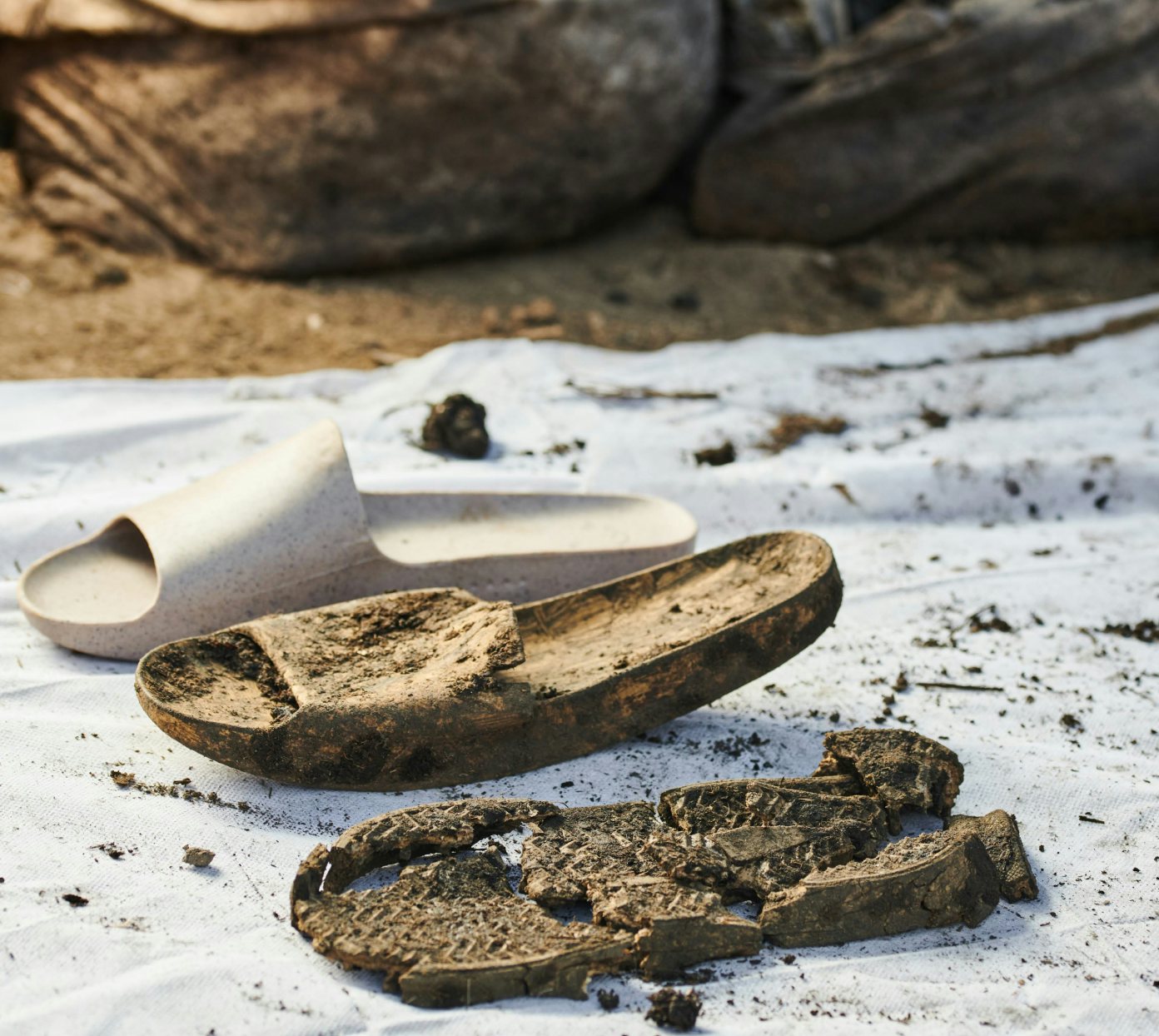
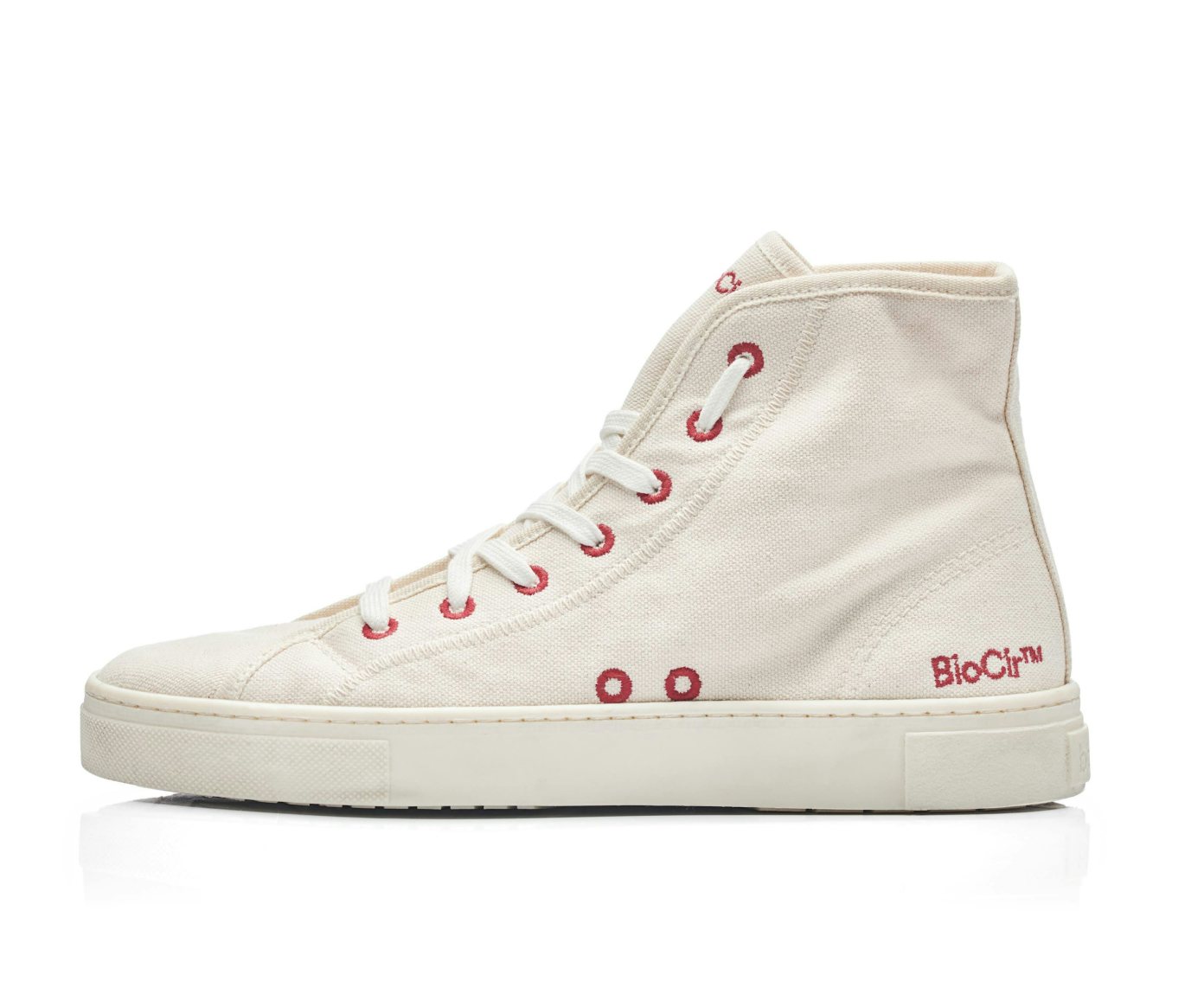
So Balena is pioneering a bio-based material that is fit for fashion. Can you tell us about more your solution? What does it look like?
BioCir™ looks and feels just like conventional plastic, but it is completely biodegradable in an industrial composting environment. To prove the concept, we launched our first product: the BioCir™ slide. This is truly a vision of a compostable, high-performance fashion product that you can walk on. Once our customers are done using their slides, they can drop them off at one of our take-back locations. From there, we take them to one of the several composting facilities that we’re currently collaborating with in Israel. Eventually, the idea is to copy paste this model to different locations in the world and to do it together with different brands.
Your material strives to be high-performing as well as circular. But making 100% sustainable choices is often difficult in practice. Have you had to make any hard decisions or trade-offs on other aspects of your product? How do you approach these dilemmas?
We don't compromise compostability and biodegradability. We only work with compostable raw materials. This is the number one guideline. From there, we can tweak our formulas to get the performance standards we need.
This way we create not only awareness, but also trust. First, it’s about creating trust with the brands, so that they know that the material we have can perform well; that it can meet the standards of design, durability, etc. Then it’s about creating trust with the composting facilities. We tell them: listen, we want to work with you. We're on the brink of getting compostable fashion out there. Try our material, see that it works, take it to the lab. We’ll even fund it, because the most important thing we’re creating is trust.
What is the next step for Balena — and what do you need to get there?
When it comes to developing materials, we think you can always improve. You can always have better metrics, you can always exceed the standards—and that’s our agenda. Different industries have different requirements for bioplastics, so we're learning from every client that works with us, to explore how we can enhance our material without compromising its compostability.
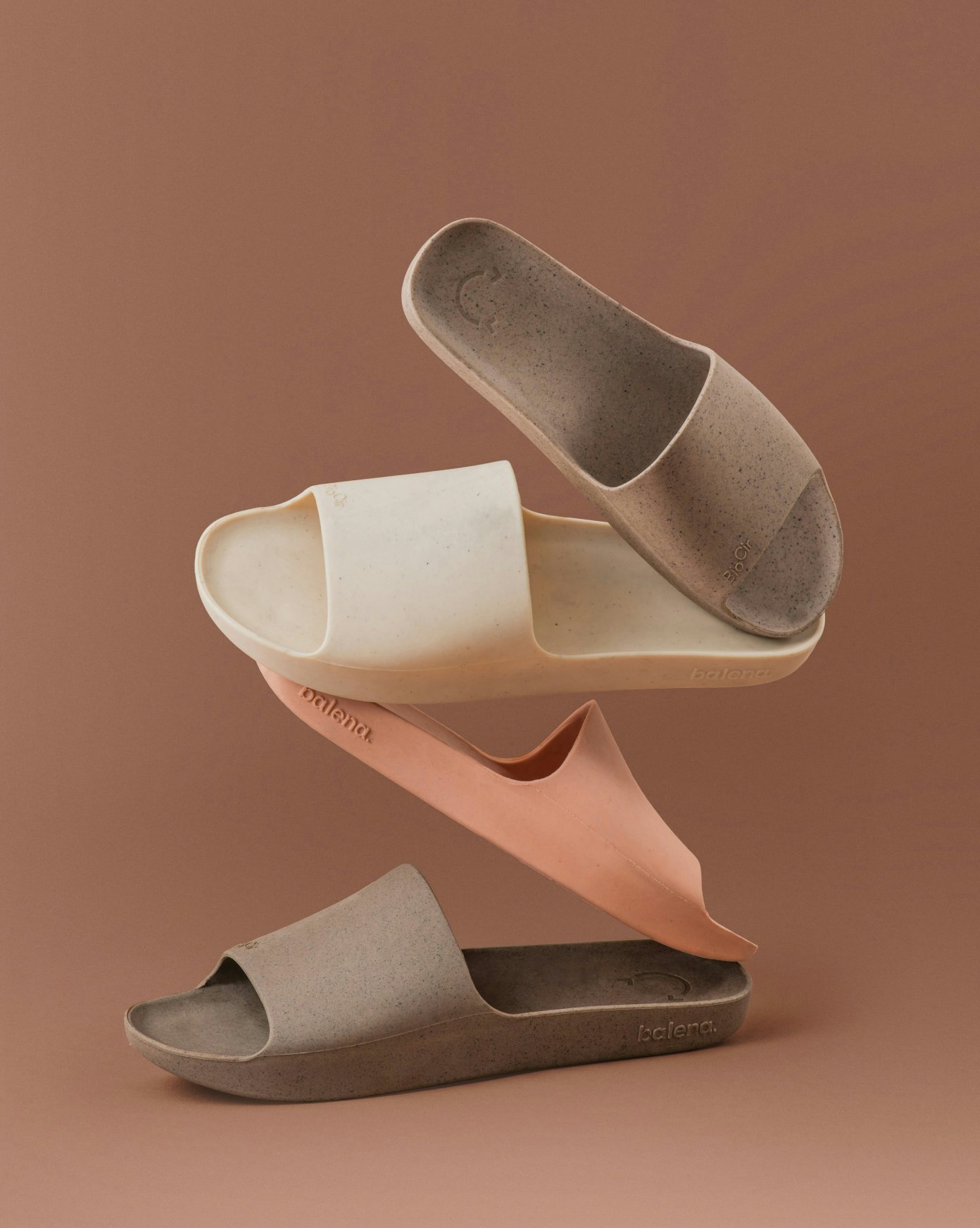
Lastly, what is the main message you want to share with both producers and consumers alike?
One thing I’d like to see more of is companies engaging in system thinking and to create system change. As the head of operations, I'm currently doing a lot of field work, going to composting facilities and focusing on how we can build trust between different players in the industry. We need to spread the word, so that more people, manufacturers and composting facilities know that there is a material that is viable, that is compostable, and that is also very high performance. Then it’s a matter of connecting all the dots.
As a consumer, I think we are used to thinking only about the first step of buying. But you don't think about what you’ll do with the product at the end of its life, or when you no longer want it. I think one problem behind this is that there is a lack of clarity when it comes to product information. So I think that first of all, all companies need to be more transparent.
For example, we think that all clothing labels should include instructions for how to handle its disposal. This information should be as clear as what the product is made of or how to wash it. It's as simple as that. If we can get brands to do this, and policymakers to prioritize this, we can create positive change throughout the rest of the system in terms of consumption, production, and even regulation.
What excites me the most is seeing a lot more people get involved in creating not just sustainable solutions, but also sustainable business models. I think we need more examples of companies that do good, but also can sustain themselves and grow. Because to create real impact, you’ve got to scale up your solutions. So it's very, very encouraging to see how the industry is evolving.
More interviews
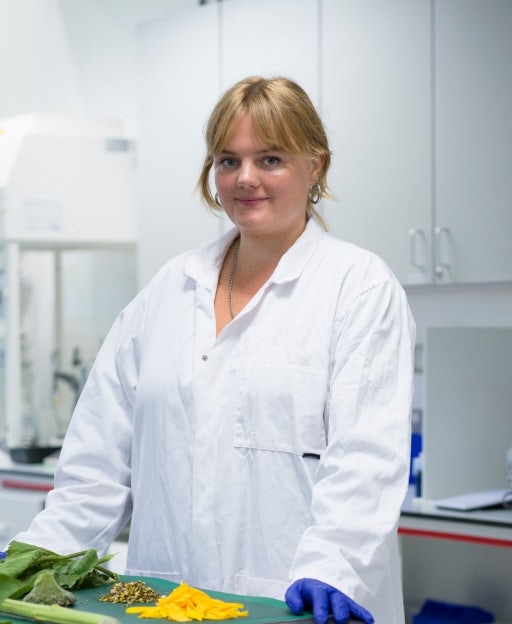
Secrid Talent Podium - ClimaFibre
Sunflowers can help to reduce our dependence and the environmental damage of cotton in the fashion industry.
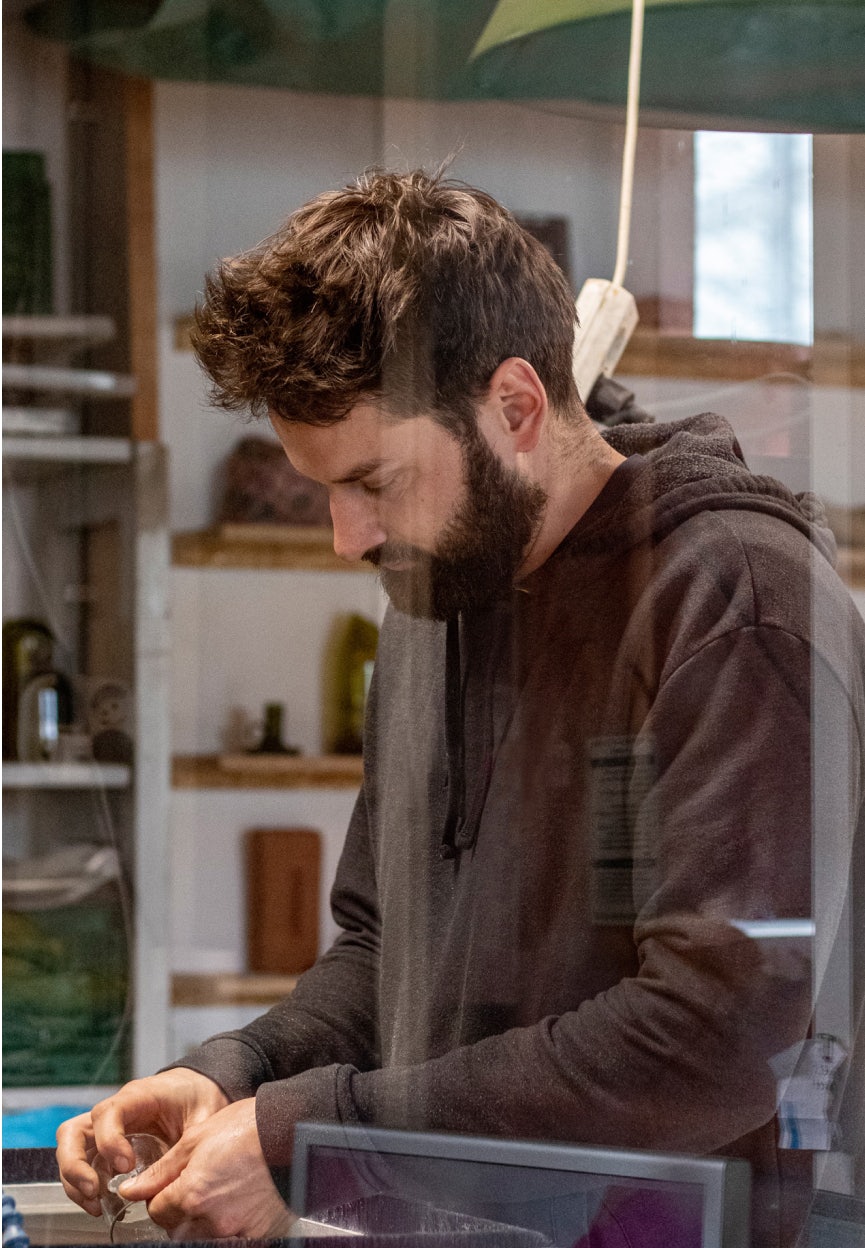
Secrid Talent Podium - Super Local
Luc van Hoeckel designs solutions for the 90% of the world's population without access to decent basic facilities.
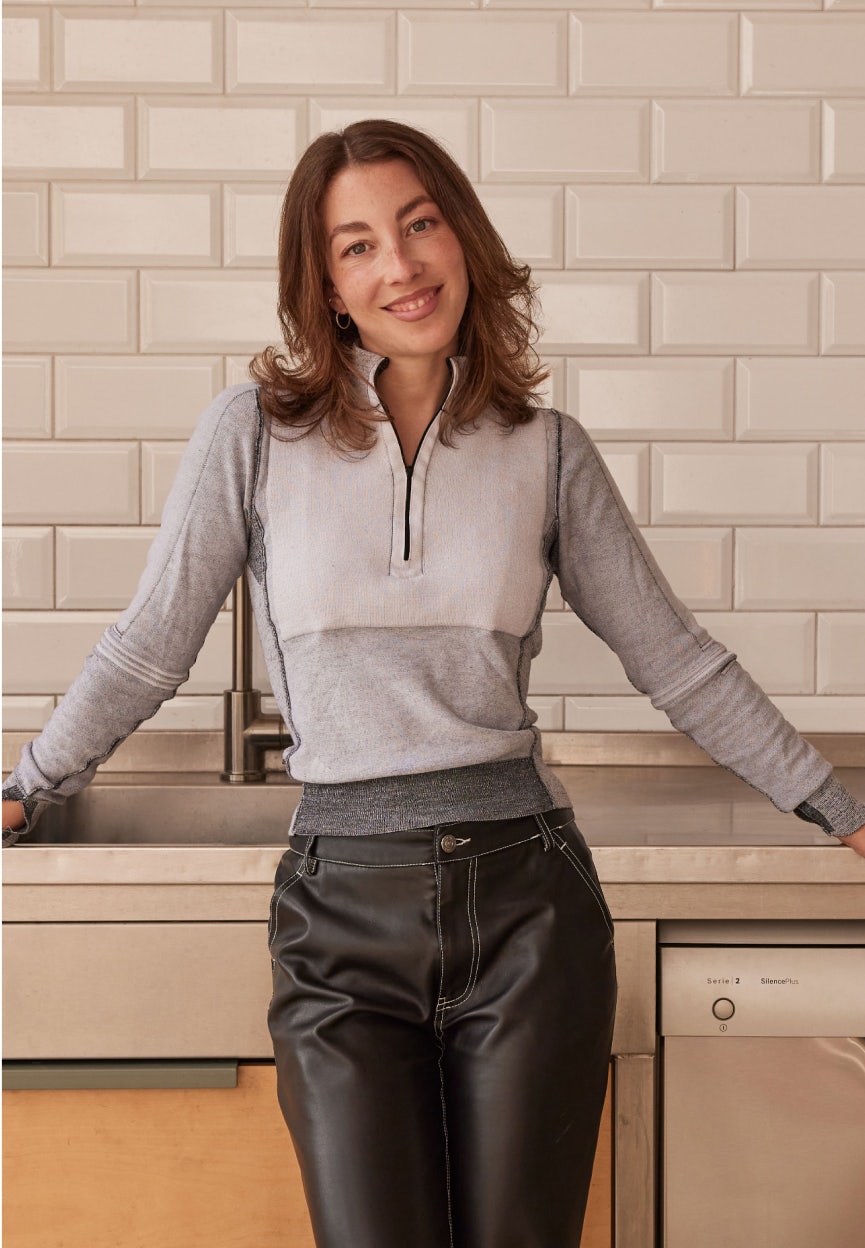
Secrid Talent Podium - Vorkoster
To combat food waste, Kimia Amir-Moazmi is working on a product that allows consumers to see for themselves whether food is still safe to eat.
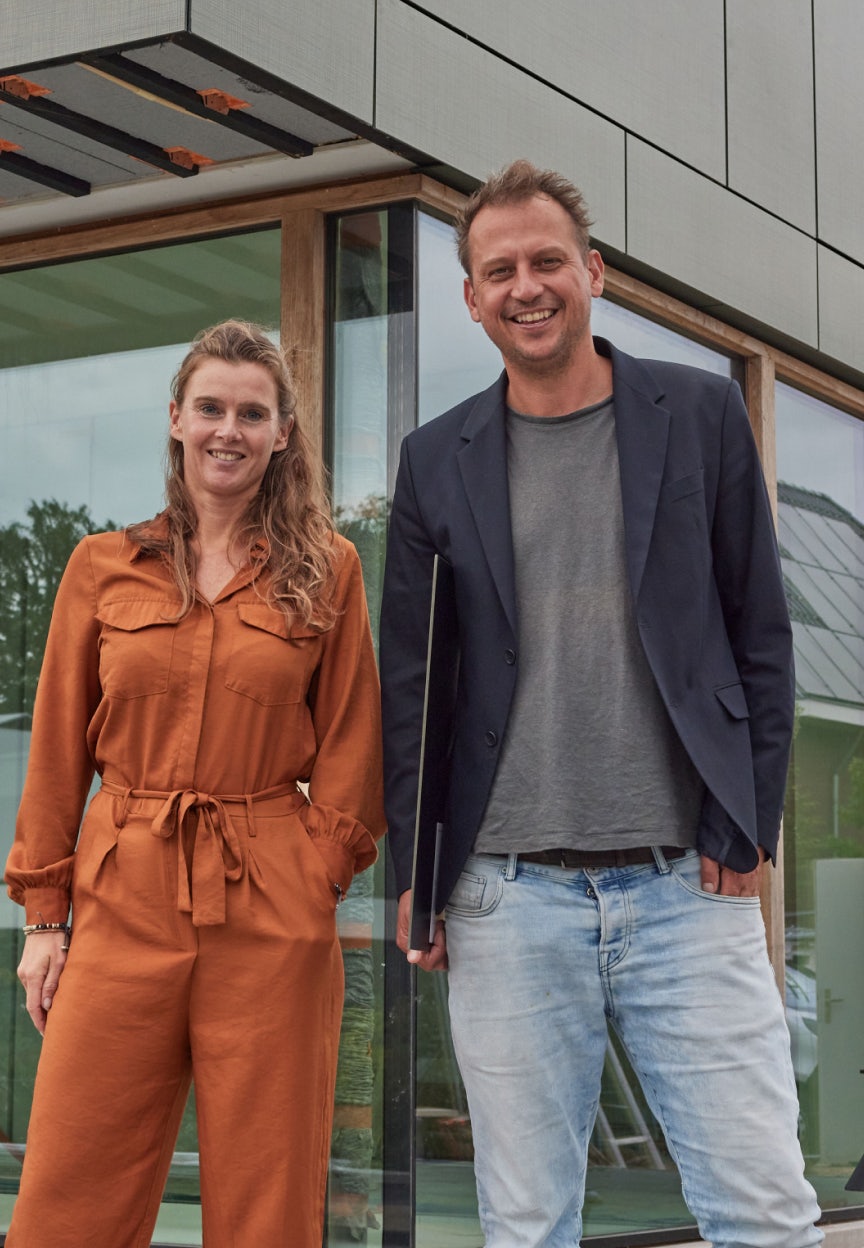
Secrid Talent Podium - Solarix
Solarix designs and produces aesthetic solar panels as façade cladding.
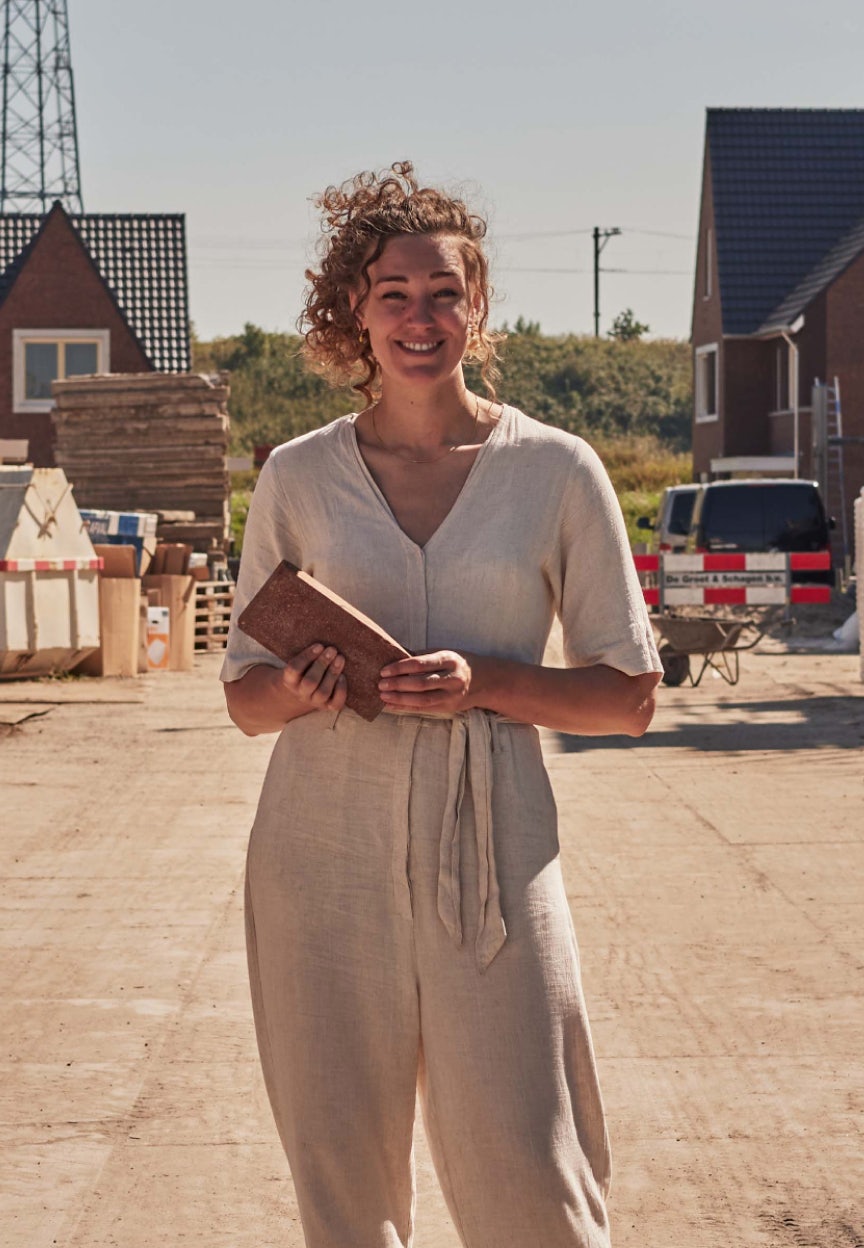
Secrid Talent Podium - Claybens
Emy Bensdorp is developing a technique to transform clay soil contaminated by PFAS into 100% clean bricks.
